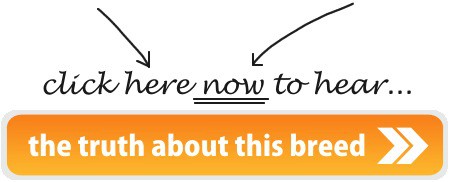 Boston Terrier dogs have existed since around the time of the conclusion of the American Civil War and are a cross between an English Bulldog and a white English Terrier. It was around 1889 that this breed took the name Boston Terrier, named after the place where the breed originated, Boston, Massachusetts.
Boston Terrier dogs have existed since around the time of the conclusion of the American Civil War and are a cross between an English Bulldog and a white English Terrier. It was around 1889 that this breed took the name Boston Terrier, named after the place where the breed originated, Boston, Massachusetts.
When deciding to buy Boston Terrier puppies for sale, the most important thing is to search for reputable Boston Terrier breeders. Though there may be a lot of Boston Terrier pictures posted on various sites that would give you a convincing look, take note that reputable breeders aren’t found via a snitch, advertising over different Internet sites, or in the newspaper. Rather, these breeders should be found through referrals made by other breeders, previous buyers, or your local animal clubs.
When you are buying from Boston Terrier Breeders for the first time, look out for the tell-tale physical structure of the breed. The American Kennel Club (AKC) has suggested the Boston terrier’s standard physique as follows – the coat should be short, smooth, and with a fine texture. The length of the legs should be in balance with the length of the body which gives this dog breed a sturdy, square appearance.
A responsible and reputable breeder must ensure that any Boston terrier pup is in tip-top shape when the pup will be presented to a new home. The breeders may or may not be a member of a Boston Terrier association. However, it is better for Boston Terrier breeders to be part of an association to ensure the legitimacy of the litter in their care.
Breeders should have a thorough knowledge about the different breeding techniques if they are planning to offer their Boston Terrier dogs for sale. One breeding technique is inbreeding, which is the breeding of dogs that are genetically related to each other. Some breeders opt for this technique especially when they are trying to revive a nearly extinct breed, preserve desirable characteristics, or create a new breeding program. However, with the advancements in science, particularly in the field of genetics, this kind of breeding has been frowned upon as it poses a drawback: that is, new litters have more predisposition to illnesses due to the resurgent recessive gene traits that can arise.
Another recognized breeding technique is line-breeding, which is the mating of dogs with another dog that has similar or common ancestors. This breeding produces more consistent litters and avoids the chance of the resurgence of recessive traits that may be undesirable. It is important in this instance for the breeder to have at least five generations of knowledge about both the sire and the dam’s ancestry.
Still another technique is out-crossing, which involves the mating of dogs that are products of line-breeding but are from separate ancestries. The problem with this type of breeding is that the resulting litters may not have the same potency and uniformity as the first generation.
The last technique is out-breeding. This involves the mating of dogs that are not a product of distinctly separate lines but are also not products of line-breeding. This technique has generally not been employed though as programs for out-breeding do not currently exist.
It is imperative for Boston Terrier breeders to have succinct knowledge about these breeding techniques and properly decide which techniques to employ in order to ensure the health and the continuation of the breed. A good breeder will ensure the well-being of their litters through a combination of line-breeding and inbreeding to root out unwanted genes or retain the characteristics of a wanted gene.
Prospective owners should be responsible enough to scrutinize properly what Boston Terrier breeders are offering for sale, as your new pal’s future relies on the kind of breeding technique employed.


